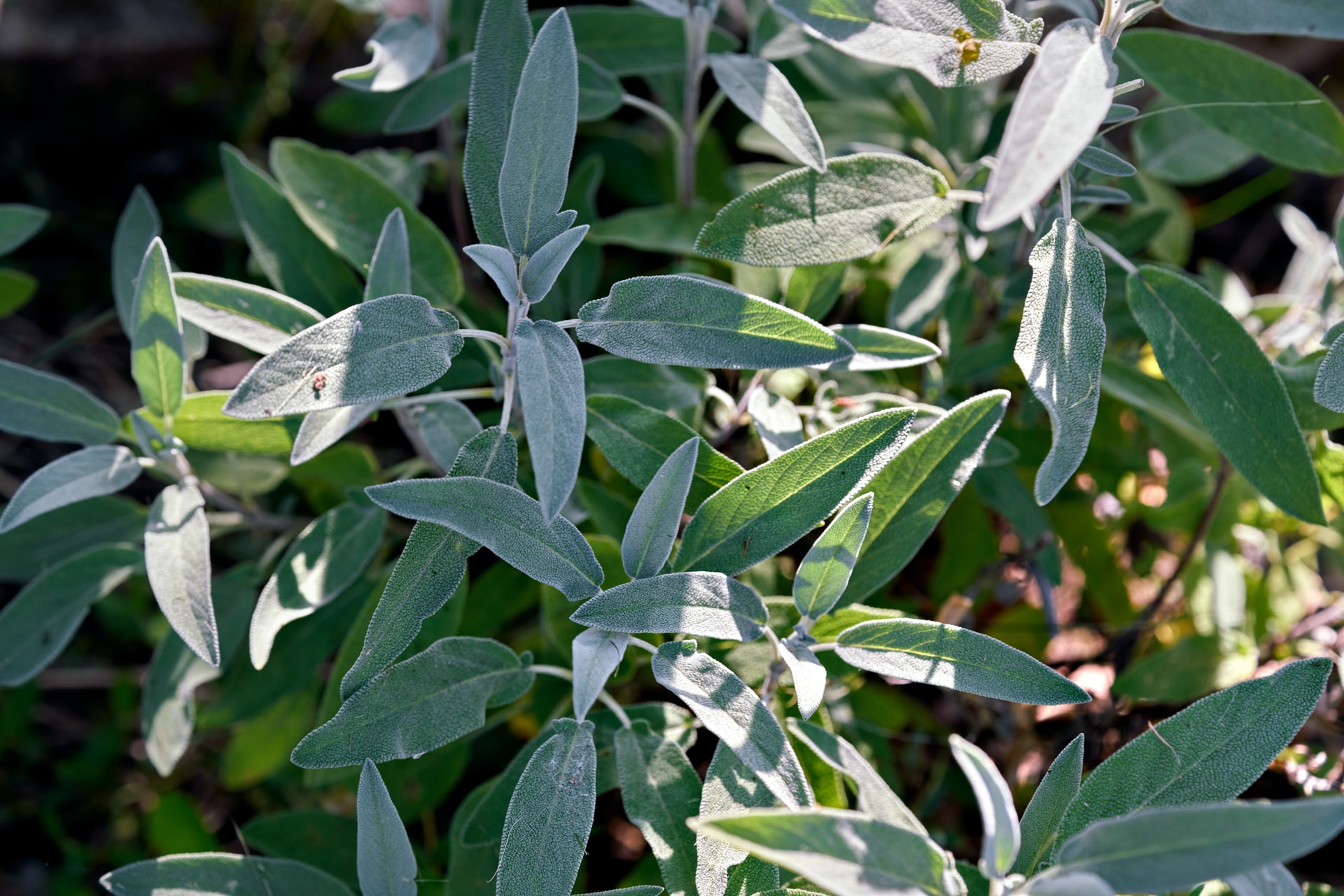
Sage, as the name suggests, is a plant that works well not only as a spice for Mediterranean dishes, but also has strong medicinal properties. Therefore, it is worth having it in your garden or on the balcony. How to take care of it in order to enjoy it all year round?
The health-giving properties of sage have been known for centuries. The most valuable part of sage is its silver-green leaves, whose infusion or oil can help regulate blood sugar and cholesterol levels. Regularly drinking the infusion can also support the fight against excess weight
Sage also has antibacterial, antifungal and anti-inflammatory properties. In addition, it will work well for excessive sweating. This natural antibiotic will help as a gargle for toothache or as a calming tea in a stressful situation
Sage likes a warm and bright location, so it is a plant that feels at home both in the garden and on the balcony. If you want fresh leaves all year round, you can also grow it on your windowsill at home, but then remember to make a hole in the pot so that the water can run off freely. Sage does not like excess moisture. It thrives on a dry or moderately moist substrate
It is also a herb that feels best on dry, poor and rocky ground. We can enrich the potting soil with the addition of sand or perlite. It is important for potted plants to remember to fertilize them from the second year of their life
When you decide to plant sage in your garden or allotment, be sure to get a well-sunny spot. Young sage plants are relatively frost resistant, so you can plant them in the ground in early spring, even as early as April. When planting remember to keep a distance of about 20-40 centimeters between the plants. This space will allow for better rooting as well as adequate growth, although it is a relatively slow-growing plant
As with all garden plants, it is necessary to remove weeds around the seedlings, especially in the first year. Sage in the garden does not require additional soil fertilization, although a little compost certainly won’t hurt it
Sage unfortunately has a tendency to harden its stems, so only trimming the leaves once in a while may not be enough. Old stems will need to be pruned, which will stunt the plant’s growth without any further treatment. In spring, it’s a good idea to trim the bushes by ⅓ of their height. This will rejuvenate our sage and allow young stems and leaves to develop. It is not advisable to carry out this procedure in the autumn, because the young shoots that regrow may not survive the winter, which will eventually lead to the death of the entire plant
Vacation time, i.e. from June to September, is the best time to cut off the leaves and young shoots of sage, which can be removed. Cutting should be done when the leaves have already formed, but the plant has not yet flowered – then they contain the most nutritional and medicinal values.
Main photo: Rasa Kasparaviciene/unsplash.com